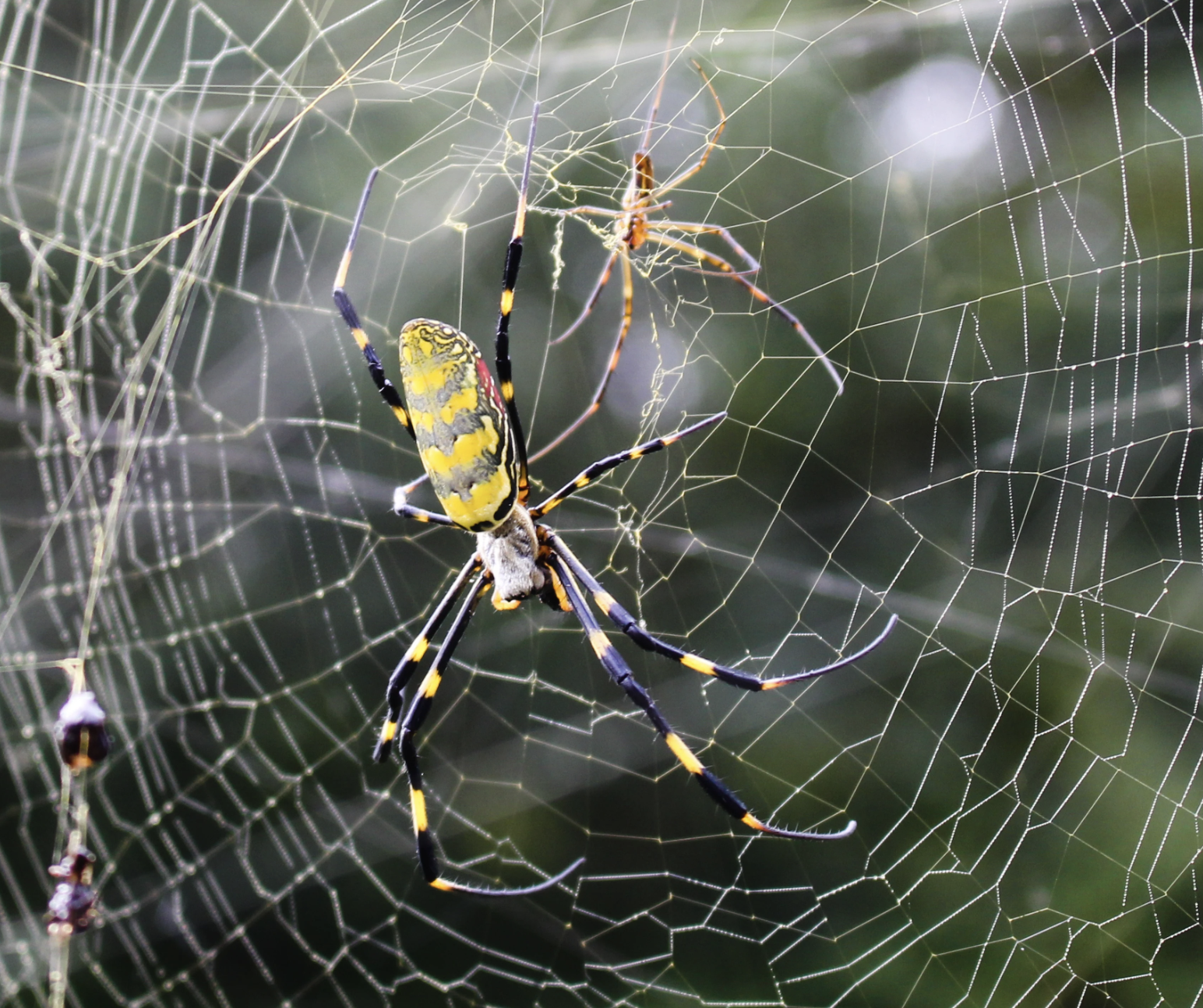The winter storm that swept across north Georgia last week
covered trees with an icy
overcoat. Now homeowners are cleaning up fallen trees and
broken limbs.
Thousands of trees are lost each year as a result of ice,
wind and lightning damage,
says a University of Georgia forester. The resulting annual
property value loss in Georgia
is estimated at more than $10 million. This doesn’t include
future liability costs.
“When hardwood trees are injured, a branch will break
off, there will be some
decay and maybe a weak insect attack,” said David
Moorhead, a professor of forestry
with the UGA Warnell School of Forest Resources. “The
damage usually won’t kill
hardwoods because the trees have such a good reserve in the
root system.”
Pines Not So
Lucky
Pine trees are another story.
“If the ice storm caused your pine trees to lose a big
section of the top or the
main stem, you probably don’t have many alternatives other than
taking the tree out,”
Moorhead said. “Pine trees don’t store a lot of food in
the root system. So when they
get injured, they don’t have as much to fall back on.”
Besides injuring the tree’s structure, a large break in a
pine tree’s top opens a
virtual buffet for harmful insects.
Beetles Big
Problem
“The pine resin starts to come out and sends an open
invitation to bark
beetles,” Moorhead said. “They’re extremely hard to
control, and there aren’t
any really effective sprays.”
Bark beetles fly in, bore through the tree’s bark and lay
eggs underneath. There the
larvae form feeding galleries and introduce a fungus called
blue stain. This causes the
tree to dry out and eventually die.
Some insecticides can control bark beetles, Moorhead said.
“First you’d have to
cover the entire tree to the point of wetting, and it will
provide some protection,”
he said. “But with large trees that’s not very
practical.”
Broken Branches Less a
Problem
If the winter ice storm left your pine trees with just
broken branches, the prognosis
is much better.“Properly prune the branches back to the whorl or main
stem,” Moorhead said.
“Then you can do a good job of keeping that tree healthy.
You’ll need to clean up and
prune off any broken branches without destroying the form of
the tree.”Bark beetles are active year-round, but more so in warmer
weather. “As soon as it
warms back up and we get days in the 50s and 60s, we’ll start
to see the bark beetles
coming out,” Moorhead said.To learn more about trees and storm damage, contact your
county Extension Service
office. Or check the UGA Extension Forest Resources
publication, “Storm Damaged
Trees,” at <www.f
orestry.uga.edu/efr/abstracts/c0806.html>.




